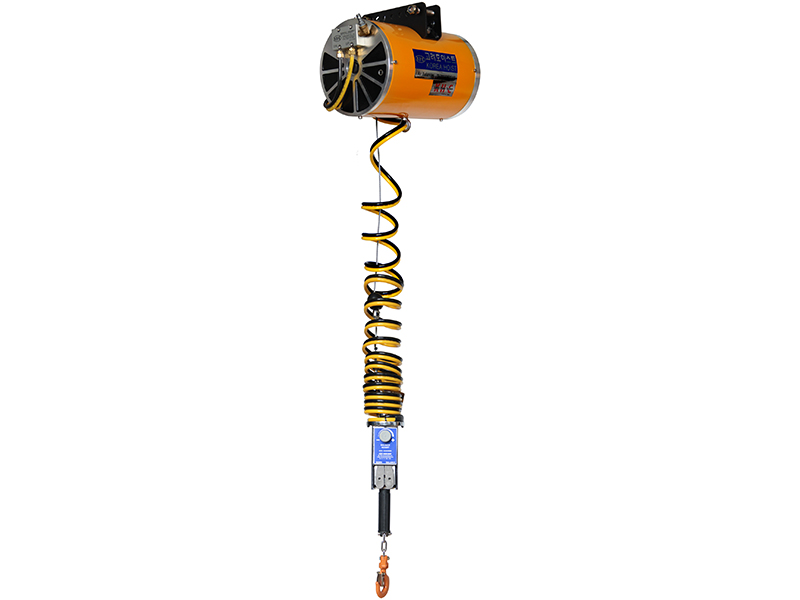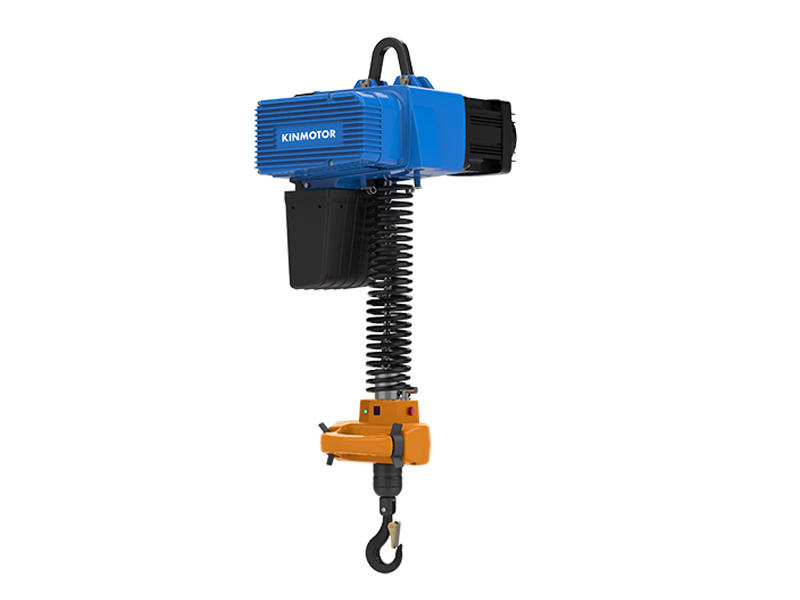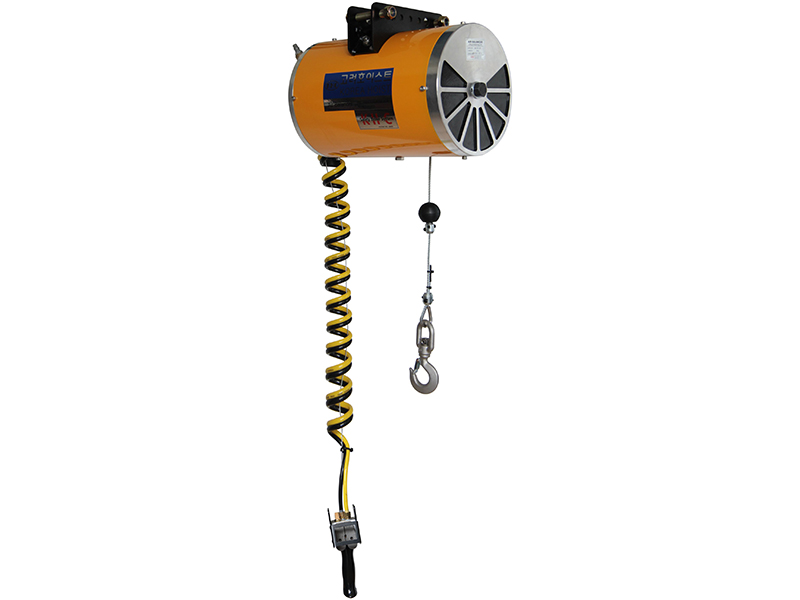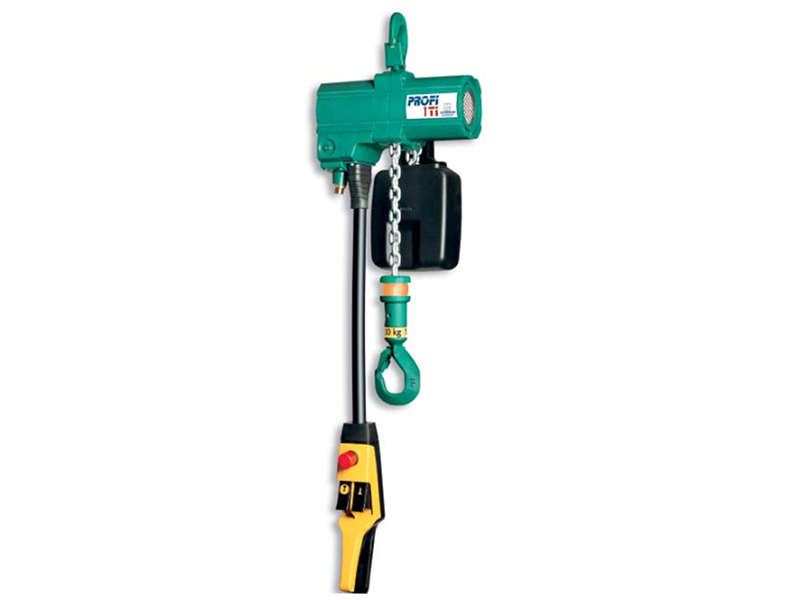Single girder overhead crane is a lifting equipment that is cross framed over workshops, warehouses and stockyards for material lifting. Since its ends sit on tall metal supports, it is shaped like a bridge. The bridge of the single girder overhead crane runs longitudinally along the track laid on the elevated on both sides, which can make full use of the space under the bridge to lift materials without being hindered by ground equipment. It is a kind of lifting machinery with the widest range of use and the largest quantity.
First, the scope of application
Single girder overhead crane is an important tool and equipment to realize the mechanization and automation of the production process in modern industrial production and lifting and transportation.
Therefore, single girder overhead cranes are widely used in indoor and outdoor industrial and mining enterprises, iron and steel chemical industry, railway transportation, port terminals and logistics turnover and other departments and places.
Precautions
(1) Each crane must be hung in a conspicuous place with a sign of rated lifting capacity.
(2) No one is allowed on the bridge or a hook to transport people in work.
(3) It is not allowed to drive the crane without an operating license and under the influence of alcohol.
(4) During the operation, you must concentrate and do not talk, smoke or do unrelated things.
(5) The car should be clean; Do not leave equipment, tools, explosives and dangerous goods indiscriminately.
(6) The crane is not allowed to be overloaded.
(7) The following circumstances are not allowed to be lifted: the binding is not firm; overload of mechanical parts; The signal is unknown; Cable-stayed; Objects buried or frozen in the ground; There is a person on the hanging object; flammables, explosives and dangerous goods without safety protection; overloaded liquid items; The wire rope does not meet the requirements for safe use; The lifting mechanism is faulty.
(8) When the crane is running on the line without obstacles, the hook or spreader and the bottom surface of the lifting object must be more than 2m from the ground. If you cross an obstacle, you must exceed the obstacle by 0.5m high.
(9) For lifting objects less than 50% of the rated lifting capacity, two mechanisms are allowed to act at the same time; If the lifting is greater than 50% of the rated lifting capacity, only one mechanism can be operated.
(10) Overhead cranes with main and auxiliary hooks should not rise or lower the main and auxiliary hooks at the same time (special exceptions).
(11) It is not allowed to weld or hammer on the object to be lifted and work under the object (when there is support).
(12) Inspection or maintenance work can only be carried out after the power failure and when the sign of power failure operation is hung on the electric door. If it is necessary to work with electricity, it must be protected by safety measures and taken care of by a special person.
(13) Do not throw anything from the car.
(14) Limit switches and interlock protection devices should be checked frequently.
(15) It is not allowed to touch the limit switch as a method of parking.
(16) When there is a problem with the lifting brake, it is not allowed to lift heavy objects.
(17) Suspended objects are not allowed to run empty on people or equipment.
(18) When welding a certain part of the crane, the ground wire should be specially set, and the fuselage should not be used as the ground wire.
(19) When the hook is in the lower limit position, more than two safety rope loops must be retained on the drum.
(20) Cranes are not allowed to collide with each other, and it is not allowed to use one crane to push another crane to work.
(21) When lifting heavier objects, liquid metals, explosive and dangerous goods, it is necessary to slowly lift 100~200mm from the ground to test the reliability of the brake.
(22) The voltage of the lighting lamp used for repair and inspection must be less than 36V.
(23) All electrical equipment shells of the overhead crane should be grounded. If the trolley track is not welded on the main beam, the ground wire should be welded. The grounding wire can be galvanized flat iron with a cross-sectional area greater than 75mm2 or bare copper wire with 10mm2 or galvanized round steel with a cross-sectional area greater than 30mm2. There should be more than two grounding positions in the control room or hoisting body. The ground resistance between any point on the crane and the neutral point of the power supply should be less than 4Ω.
(24) It is necessary to do regular safety technical inspections and do a good job of pre-inspection and pre-repair.









